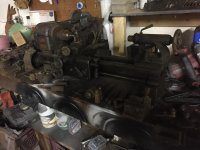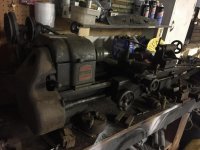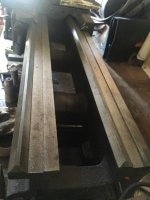110 volt, works good, very little wear. Has 6" and 4" 4 chuck jaws and threaded jacobs chuck.Lantern style tooling, homemade steady rest, dead centers plus other tooling (see pictures). Back gears and feed all work well. Looking for $900 OBO Smithsburg Md 21783
Attachments
-
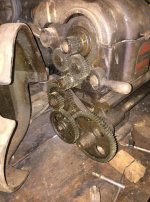 33207238_1533631000095906_429392349009805312_n.jpg97.8 KB · Views: 1,156
33207238_1533631000095906_429392349009805312_n.jpg97.8 KB · Views: 1,156 -
 33421555_1533631366762536_7308976444397322240_n.jpg94.7 KB · Views: 1,145
33421555_1533631366762536_7308976444397322240_n.jpg94.7 KB · Views: 1,145 -
 33423440_1533631190095887_8658399518909267968_n.jpg89.5 KB · Views: 722
33423440_1533631190095887_8658399518909267968_n.jpg89.5 KB · Views: 722 -
 33173115_1533631390095867_8742043495897759744_n.jpg93.4 KB · Views: 817
33173115_1533631390095867_8742043495897759744_n.jpg93.4 KB · Views: 817 -
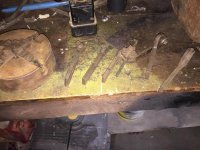 33471870_1533631420095864_3615623518403690496_n.jpg95.2 KB · Views: 569
33471870_1533631420095864_3615623518403690496_n.jpg95.2 KB · Views: 569
Last edited:


